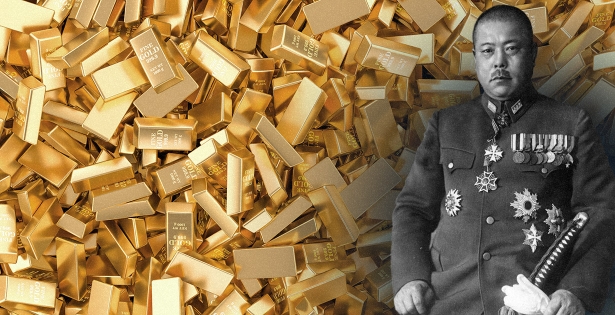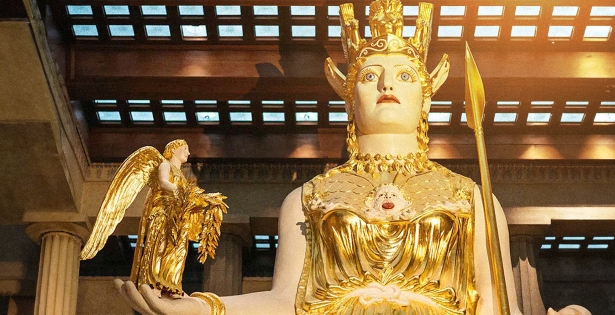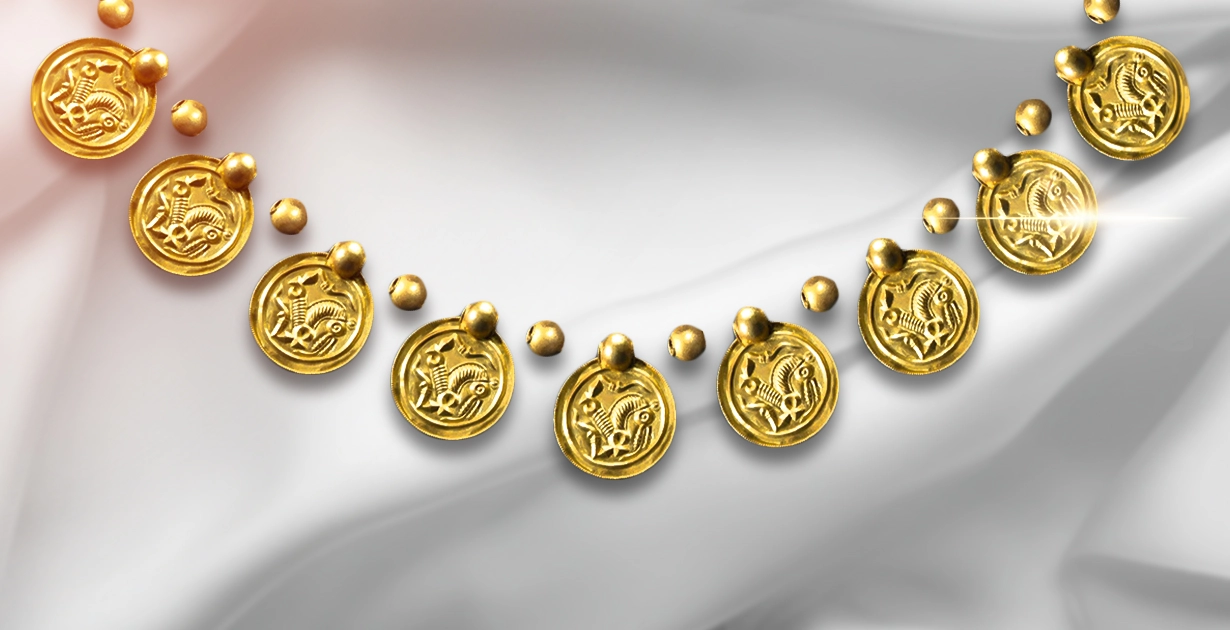
Find of the century in Norway: 6th century gold discovered!
Average reading time - 2 minutes
An event unique to the world of archeology recently happened in Norway. An amateur treasure hunter discovered gold jewelry from the 6th century quite by accident. Science has not seen such valuable finds for a hundred years.
51-year-old Erlend Bore was lucky enough to find the treasure. He discovered gold jewelry on the island of Rennesøy, where he decided to try out a recently purchased metal detector. When the device began to beep, the man saw objects resembling coins in the clods of soil. At first, Bore thought that this was chocolate in yellow foil, but upon closer inspection, he realized that these are real jewelry. The amazed Norwegian immediately contacted local authorities.
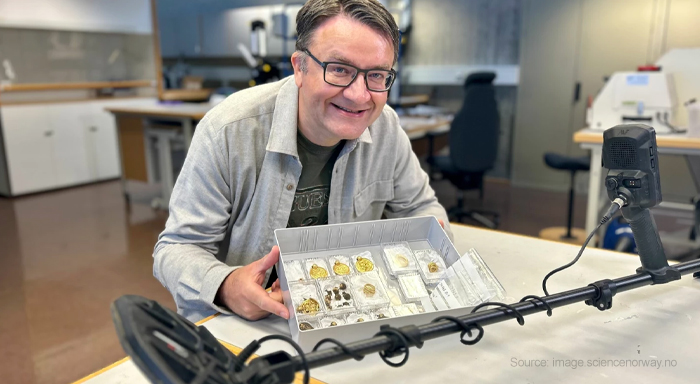
Archaeologists, having studied the discovery site, came to striking conclusions. The treasures lay in the ground for 1.5 thousand years! Nine gold medallions – so-called bracteates, three gold rings and ten gold beads are perfectly preserved. The find weighed about 100 grams.
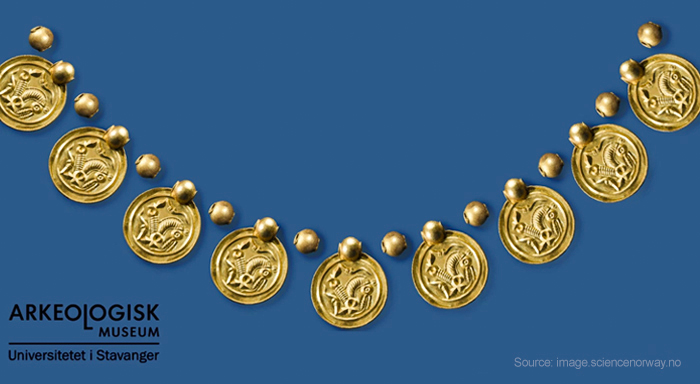
“It’s incredible luck to find so many bracteates of the same type in one place,” archeology professor Dagfinn Skre did not hide his delight at the find.
All the medallions found depict a horse with its tongue hanging out and its legs are twisted. “This symbol represents illness and suffering, but at the same time hope for healing and new life,” explained Sigmund Oehrl, a professor at the Archeological Museum in Stavanger, an expert on bracteates and their symbolism.
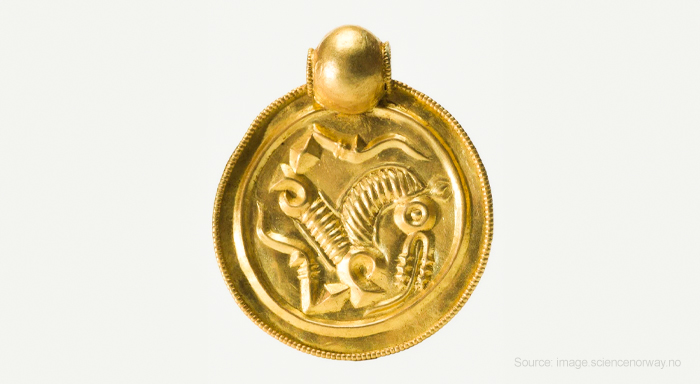
How to explain the image of the crippled animal on medallions? In the mid-6th century, the plague was raging in Europe. In addition, it was a period of crop failure and a sharp deterioration in climate. Perhaps the gold jewelry was buried in the ground as an offering to the gods.
Read also the article:
Viking treasures: an unexpected find by a family from Norway!

